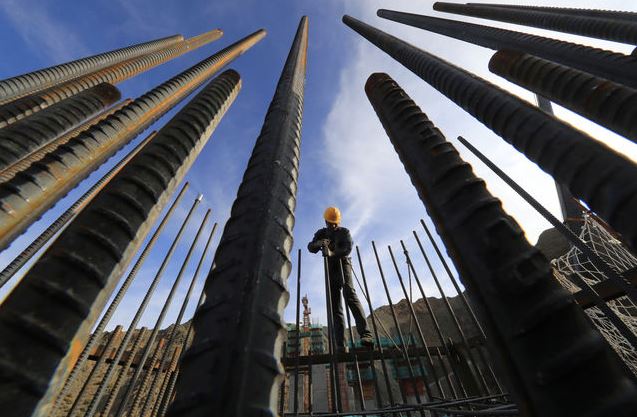Overall manufacturing activity in the EU steel sectors rose 1.1 percent year on year in the first quarter of 2019; this mainly reflects a decrease in activity in the euro area and growth in the central European region.
Overall production growth in the EU steel sectors in the first quarter of 2019 lost further momentum. Since a peak in the last quarter of 2017, a worsening business environment in the manufacturing industry in general and in the automotive industry in particular has led to a continued slowdown in production growth in the steel sectors.
The only sector that is countering this trend is the construction industry. As the largest consumer of steel, continued strong expansion in this sector has mitigated the negative impact of negative or significantly slower growth in manufacturing activity in other steel-using sectors.
Overall production growth in the steel sectors in the first quarter of 2019 was negative in Germany, France, Italy, the United Kingdom and Belgium. Production growth was positive in other reporting countries.
Forecast for the EU steelmaking sector 2019-2020
The prospects for the EU steelmaking sector are rather uncertain. But it's not just the EU: the downturn in industrial activity is a global phenomenon, reflecting weakening global trade and investment. A quick rebound is unlikely due to the negative trade impact of US protectionist measures.
For the EU, environmental risks will remain a major concern over the forecast period 2019-2020. The fundamentals of global trade have clearly changed for the worse over the past two years as the US government imposed tariffs on billions of dollars of goods imported from its main trading partners - the EU, Canada, Mexico and China. The affected countries responded in kind, responding with similar tariffs on American products.
The EU's manufacturing base is shrinking, especially in those countries and sectors that are more than average exposed to international trade. Weakening business sentiment puts investment at risk of freezing; this will be exacerbated in the event of a sharp Brexit and a further escalation of protectionist trade measures.
New tariffs imposed by the US government on imports of cars from the EU could seriously damage the entire auto supply chain. On the positive side, an orderly Brexit and the resolution of trade disputes between the US and its major trading partners could be a potential advantage. Continuous growth in construction is also supported.
Overall EU steel production is projected to grow by 1.1 percent in 2019 and 1.4 percent in 2020.
EU economic context
Over the past few months, the outlook for the global economy has deteriorated even more, and the downside risks have increased rather than decreased. The widespread slowdown in international trade growth is particularly affecting industrial supply chains in the EU.
The likelihood of increased economic instability in the two largest economies in the world - the United States and China - does not bode well for global economic growth and terms of trade in the second half of 2019 and 2020. Given its relative sensitivity to global economic trends, the EU economy is expected to enter a period of growth below the trend. However, domestic demand growth is projected to remain robust enough to prevent the EU economy from falling into recession.
The main risk to the EU economy is the deepening escalation of the trade war between the US and several of its main trading partners, followed by no-deal Brexit due to further deterioration in business sentiment and slower investment growth. This will create problems for the manufacturing sector in the EU, especially for those countries that are heavily dependent on exports.
EUROFER forecast for the third quarter of 2019 for EU GDP growth is 1.4 percent in 2019 and 1.5 percent in 2020.
European Weighted Industrial Steel Production Index (SWIP)





